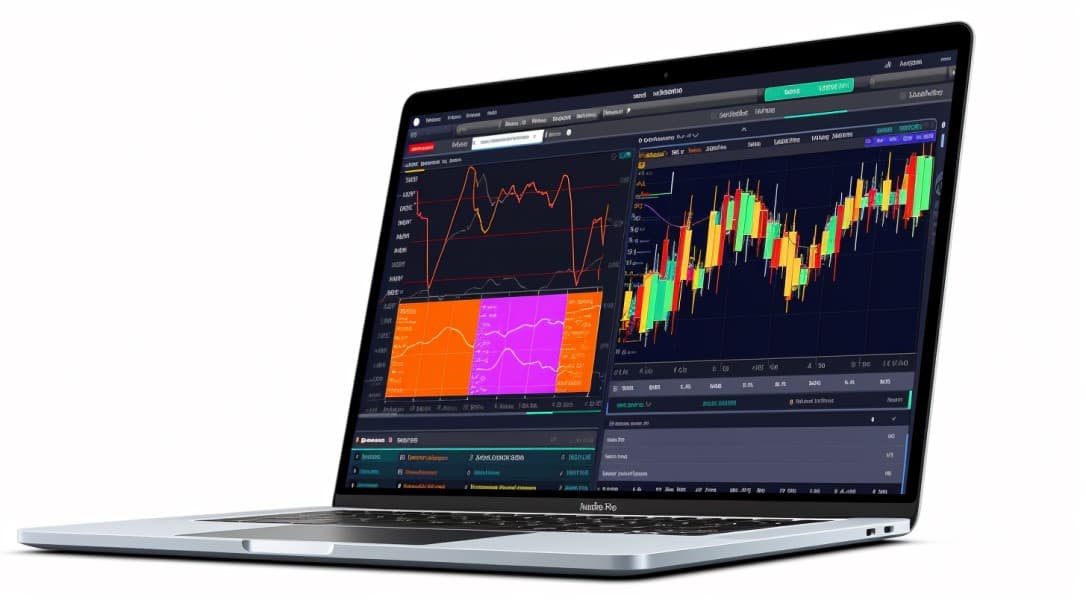
VOO VS VWO
Exchange-Traded Funds (ETFs) have reshaped the investment landscape, offering investors diversified exposure to a wide range of sectors and asset classes. In this article, we will conduct an in-depth comparison between two prominent ETFs: VOO (Vanguard S&P 500 ETF) and VWO (Vanguard FTSE Emerging Markets ETF). Our exploration will encompass essential aspects such as ETF tickers, full names, issuers, sectors, top holdings, capitalization, strategy, tracking, and exposure.
VOO & VWO: Overview
VOO and VWO are both ETFs managed by Vanguard, but they cater to distinct market segments. VOO seeks to replicate the performance of the S&P 500 index, composed of 500 of the largest publicly-traded U.S. companies. In contrast, VWO provides exposure to emerging market equities, spanning countries with evolving economies. These different investment approaches result in varying risk profiles and return potentials.
VOO & VWO: Sectors and Top Holdings
The sector focus and top holdings of VOO and VWO diverge significantly due to their disparate investment objectives. VOO's portfolio is concentrated in sectors representative of the U.S. economy, such as technology, healthcare, and finance. On the other hand, VWO encompasses sectors predominant in emerging markets, including consumer goods, energy, and financial services. Understanding these sector allocations assists investors in aligning their investment goals with the appropriate ETF.
 VOO overlap VOO VS VWO
VOO overlap VOO VS VWO
VOO & VWO: Capitalization and Strategy
Capitalization and strategy diverge notably between VOO and VWO. VOO boasts substantial assets under management, owing to its popularity as a tool for gaining exposure to the U.S. stock market's growth potential. VWO, with its focus on emerging markets, offers investors a gateway to economies with significant growth prospects. However, the distinct risk profiles associated with developed and emerging markets should guide investors' decisions based on their risk tolerance and long-term objectives.
VOO & VWO: Tracking and Exposure
The tracking mechanisms and exposure of VOO and VWO are fundamental aspects that differentiate these ETFs. VOO's objective is to mirror the performance of the S&P 500 index, making it an attractive choice for those seeking to capture the returns of large-cap U.S. companies. VWO, in contrast, aims to reflect the performance of the FTSE Emerging Index, providing investors with exposure to the growth potential of companies in emerging markets. Understanding these tracking methodologies empowers investors to make informed decisions based on their geographic preferences and market expectations.
Conclusion
VOO and VWO serve as two distinct windows into the world of investing, each tailored to a specific market segment. As investors seek to make informed choices about their portfolios, tools like ETF Insider come to the forefront. ETF Insider equips investors with a user-friendly app that unveils valuable insights into ETF holdings, correlations, overlaps, and other essential data points. By leveraging such tools, investors can delve into the nuances of these financial instruments and make well-founded decisions aligned with their financial aspirations.
Disclaimer: This article is intended for informational purposes only and does not provide investment advisory services. Investors are encouraged to conduct thorough research and consult with financial professionals before making investment decisions.
Sources:
Vanguard. (n.d.). Vanguard S&P 500 ETF (VOO). Retrieved from [link to VOO information]
Vanguard. (n.d.). Vanguard FTSE Emerging Markets ETF (VWO). Retrieved from [link to VWO information]
VOO quote and analysis
Discover the top holdings, correlations, and overlaps of ETFs using our visualization tool.
Our app allows you to build and track your portfolio.
To learn more about the VOO Vanguard S&P 500 ETF, access our dedicated page now.
FAQ
Why is VOO better than VWO?
VOO may be considered better than VWO for some investors due to its specific focus, offering diversification.
Does VWO beat VOO?
VWO's performance relative to VOO will vary over time, depending on market conditions.
Should I invest in VOO or VWO?
The choice between VOO and VWO should align with your investment goals, risk tolerance, and desired exposure.
Are VOO and VWO good investments?
Both VOO and VWO can be suitable investments depending on individual investment strategies, goals, and risk profiles.
What is the correlation between VOO and VWO?
The correlation between VOO and VWO can vary over time, reflecting differences in performance.